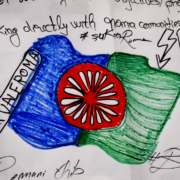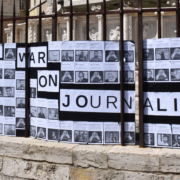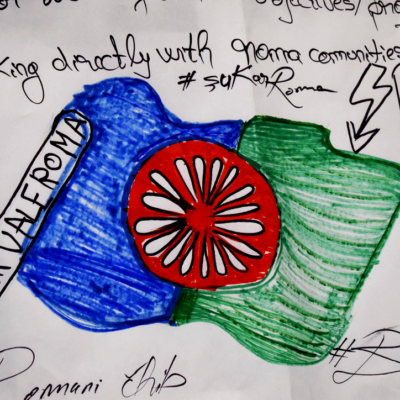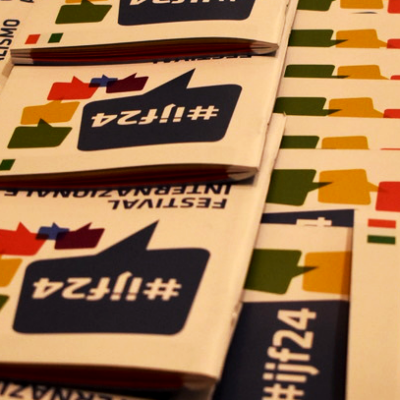It is a common fact that there are NATO troops present in Afghanistan, but what does the North Atlantic Treaty Organisation want to achieve in the war-stricken country and what strategy is used?
“Afghanistan is not Bosnia or Kosovo, the Afghan mission is a totally different ballgame.” Daniele Riggio, information officer at NATO’s Public Diplomacy Division, leaves no doubt about the unique nature of the NATO operation in Afghanistan.
“This mission is a landmark for our organisation as it was the first time in NATO’s history that we took charge of a mission outside the north Atlantic area. With 9/11 the parameters completely shifted and as a result NATO is today involved in three different continents. This was unthinkable in the past”, Riggio stresses.
The priorities of NATO’s presence in Afghanistan are twofold. “It’s obvious we first have to establish a sustainable security framework, but apart from that there lies a major challenge in promoting good governance. That way we can put a halt to corruption, which is the driving factor behind a wide range of destabilizing factors. Corruption fuels the drug industry, which in its turn fuels insurgencies. So if you eradicate corruption, this has a positive effect on Afghan society as a whole.”
Afghan ownership is the key principle of NATO’s philosophy. “The highest level of credibility can only be attained by Afghans themselves, working in the field. Eventually it’s not up to NATO to enforce peace and sustainability on the ground, we are only an enabler.” In that respect, Riggio emphasizes the vital significance of finding the ideal mix between diplomacy and military force. “We are constantly looking for the right balance between soft power and military muscle. We can’t limit ourselves to solely military action or only diplomacy. One can’t succeed without the other.”
Sexy suicide attack
In order to win the battle for a safe and peaceful Afghanistan the support of the ordinary Afghan in the street is crucial. But also the public opinion of the NATO member states plays a decisive role. “Unfortunately it is virtually impossible to spread one global message about the Afghanistan mission. Every member state emphasises different topics to sell the mission to their public opinion, so there is not one single, clear-cut story out there”.
Riggio also regrets the short-sighted coverage of the Afghan issue in Western media. “Unfortunately, mainstream journalists never want to go behind the security story. From their point of view, a suicide attack is much more ‘sexy’ than the opening of a new school, built by NATO troops. That way, the level of violence becomes the only parameter for the media to measure the success of our mission, which is a pity.”
When asked how much longer foreign troops are going to stay in Afghanistan, Riggio quotes NATO’s Secretary General Jaap de Hoop Scheffer. “For this mission there is no end-date, but an end-state. NATO’s task is only over when the Afghan authorities themselves can secure a sustainable peace. This can’t be achieved overnight and takes a long-term commitment of all participating countries. But I am absolutely sure all these efforts will eventually lead to a safe and democratic Afghanistan.”
NATO’s Afghanistan Mission
Facts & Figures
- $26.8 billion invested since 2001
- 40.000 troops
- 37 participating countries
- 1 billion square meters of mine contaminated land cleared
- 7 million children and adolescents receiving education
- 4000 km of roads built










